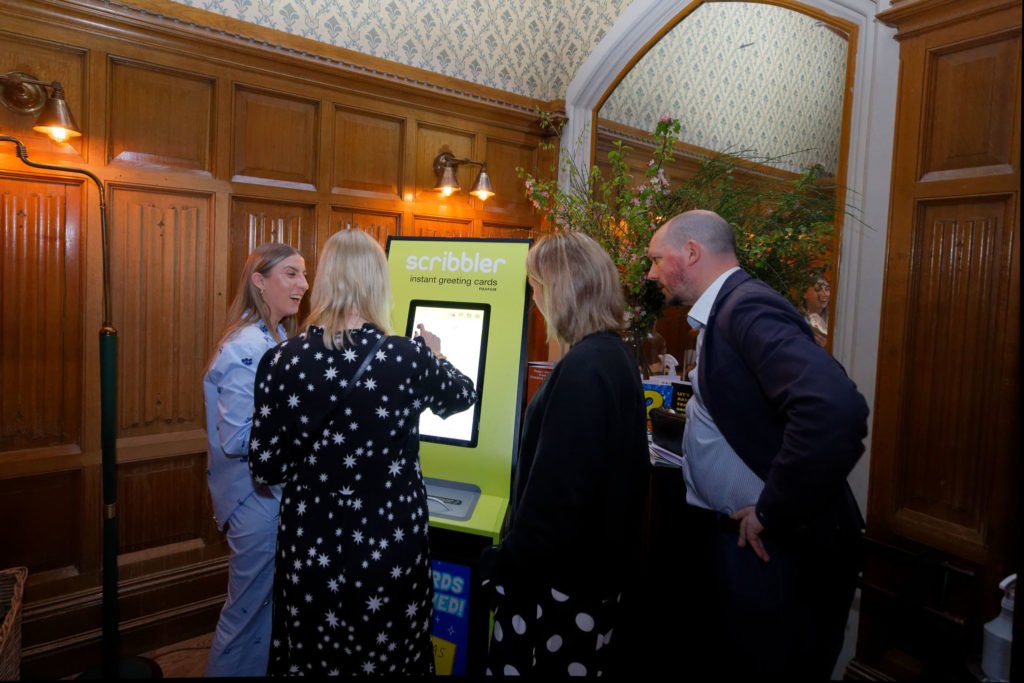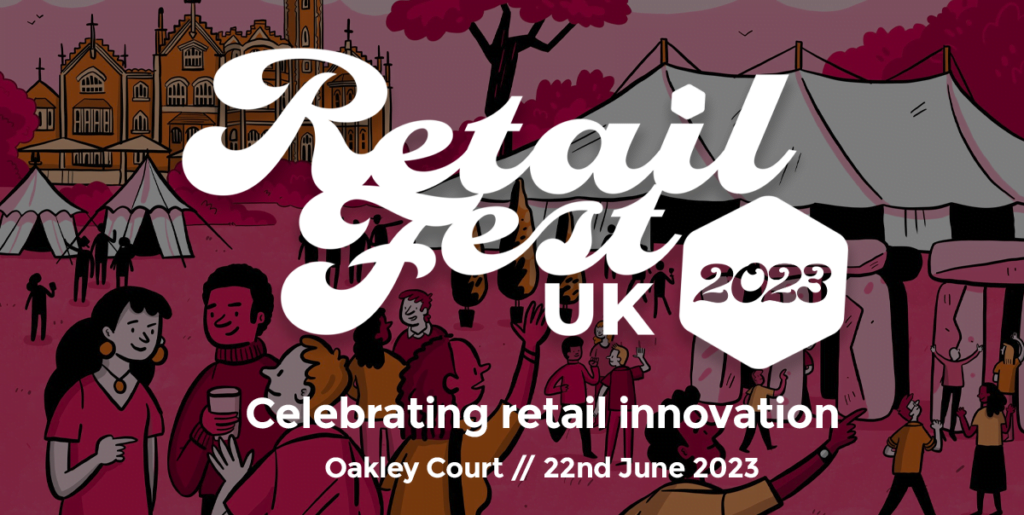The Retail Hive: Leadership Retreat, 20th-21st April

In true Hive style, conversations continue over dinner and drinks
Our inaugural Leadership Retreat welcomed a group of our most senior members to Oakley Court—a quintessential, Victorian country house overlooking the River Thames—for two days of unrivalled networking.
Customers want the best of both worlds: a smooth and tailored shopping experience, coupled with ethical and sustainable business practices. Throw the current cost of living crisis into the mix, and retailers are left to contend with a real juggling act.
Together with our Hive Recommended partners, senior leaders explored:
Balancing Customer Acquisition and Retention
Is Data the Key to Unlock True Loyalty?
Markdowns Matter: Are You Leaving £10m on the Table?
How AI Can Enable You to Win with Markdown
Marketing Tactics for Immediate Impact
Balancing Customer Acquisition and Retention
In partnership with HCL
Retailers must have an agile retention strategy in place to easily convert online and physical customers. Some members expressed that they were ill-equipped to deal with the sudden shift to online shopping during the pandemic, meaning that loyal customers were lost along the way. The transition from physical to digital stores, followed by a relatively swift return to bricks and mortar, has been challenging for a lot of brands over the last few years. There is a need to strike the perfect balance between store and digital, carefully thinking about the different ways to drive loyalty in these two environments.
One brand has successfully done this through their scratch-to-win competition—a clever play on the UK’s undying love of scratch cards—providing customers with a chance to redeem prizes online after buying a product in store. From Apple watches to discounted items or a year’s supply of own-brand products, the prizes up for grabs appeal to a wide range of customers.
Gamification, micro- and nano influencers, customer service integrations, and increased investment in data—particularly when it comes to having a single view of the customer—are all seen as essential for retailers, but are difficult to implement at scale.
Key Takeaways
Data is key. Celebrate your audience, not yourself. Loyalty schemes have serious power. Acquire new customers of all generations.


Tristan Kaye, Notpla, receives a standing ovation, and members network in one of the many picturesque meeting rooms
Is Data the Key to Unlock True Loyalty?
Moderated by Ensono
Much like the chicken or the egg dilemma, retailers often question: which came first, loyalty or data?
Data needs to be accurate and easy for teams to interpret. If customers mistakenly provide incorrect email addresses in store or staff mistype personal data, tracing shoppers’ physical and digital footprint becomes impossible. New trends can influence buying habits, so brands can’t rely purely on what their customers have pre-selected as preferences or products of interest. What customers say and do can vary drastically, so being able to paint a full picture of customer activity is crucial from a personalisation perspective.
Some brands are currently trying to improve their value proposition through hyper-segmentation as a marketing strategy, stepping away from traditional segmentation and opting for a much more granular approach. Customers gain real-time, highly-personalised content and recommendations through various channels, allowing retailers to compare performance across the board. In physical stores, our members agree that consistent customer service is key to obtaining actionable insights and boosting loyalty.
Key Takeaways
Data alone isn’t the key to unlocking loyalty—the interpretation and application is what’s critical. Categorising data types is helpful. Data commercialisation is a must.
Are You Leaving £10m on the Table? How AI Can Enable You to Win with Markdown
As part of an exclusive masterclass and roundtables, moderated by Peak
The great resignation and high debt-to-GDP ratio are driving an uptake in AI-powered pricing systems for brands to sell excess inventory, remain profitable, and stay ahead of the curve. In just under half a century, pricing has evolved from cost-plus to dynamic and competitive strategies. Retailers are starting to see the vast potential of AI analytics and data infrastructure for markdowns, enabling them to create demand for products that are coming to the end of their lifecycle.
AI is not there to replace humans, but rather to build upon core skills and improve business outcomes. For some members, planning ahead through AI scenarios has become a reality, allowing them to connect to marketing engines with ease, free up stock and clear out inventory, and increase sales in real-time.
That said, markdowns don’t work for everyone. Seasonal, yet premium brands aren’t really known for their repeat purchases, so may have a hard time sparking sudden interest in low-demand stock, regardless of cost reductions. Customers might buy one lavish winter coat per year, for example.
Key Takeaways
Your markdown strategy has to align fully with your overall business model and profitability. Know where you spend your money and therefore, where you can cut back. Maintain a really honest and current view of “old/unattractive” stock to avoid nasty P&L surprises.


Deep in thought, and time to flex those creative muscles for the Scribbler and Fujifilm instant greeting card kiosk


What awaits beyond the doors… An evening filled with celebrations after a full day of benchmarking
Marketing Tactics for Immediate Impact
A tailored masterclass, led by Wunderkind
Most retailers strive to retain customers, but first, customers need to be acquired. Paid CAC can be helpful for marketers to understand which channels are profitable for them, and which aren’t. However, relying solely on these calculations may lead to inaccurate growth predictions and missed opportunities.
Brands are now investing in owned marketing channels. To many retailers, the benefits of this are clear: having complete control over channels; more efficient ROS, so that brands can focus primarily on high-intent lead conversion; unlocking more value from the CRM, along with increasing CLV; and reducing overall dependence on cookies when retargeting audiences.
To make the most of owned channels, retailers should consider the following four metrics: identification (i.e. the percentage of traffic that can be linked to CRM data); efficient data usage; database growth; and top of funnel marketing to create brand awareness, and really get to know the customer.
Key Takeaways
Less is more. Database growth increases LTV and repeat purchases. Efficient data usage delivers additional revenue.
Our Hive Recommended and Supporting Partners:









Get Involved with Our Upcoming Meetings…




